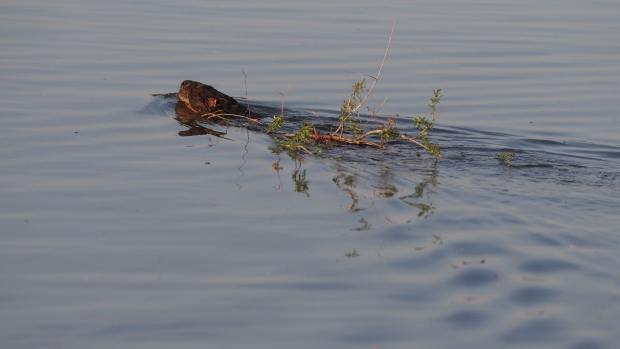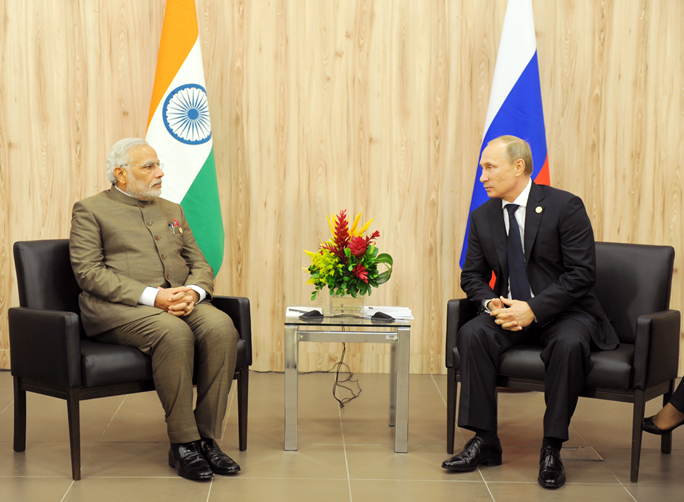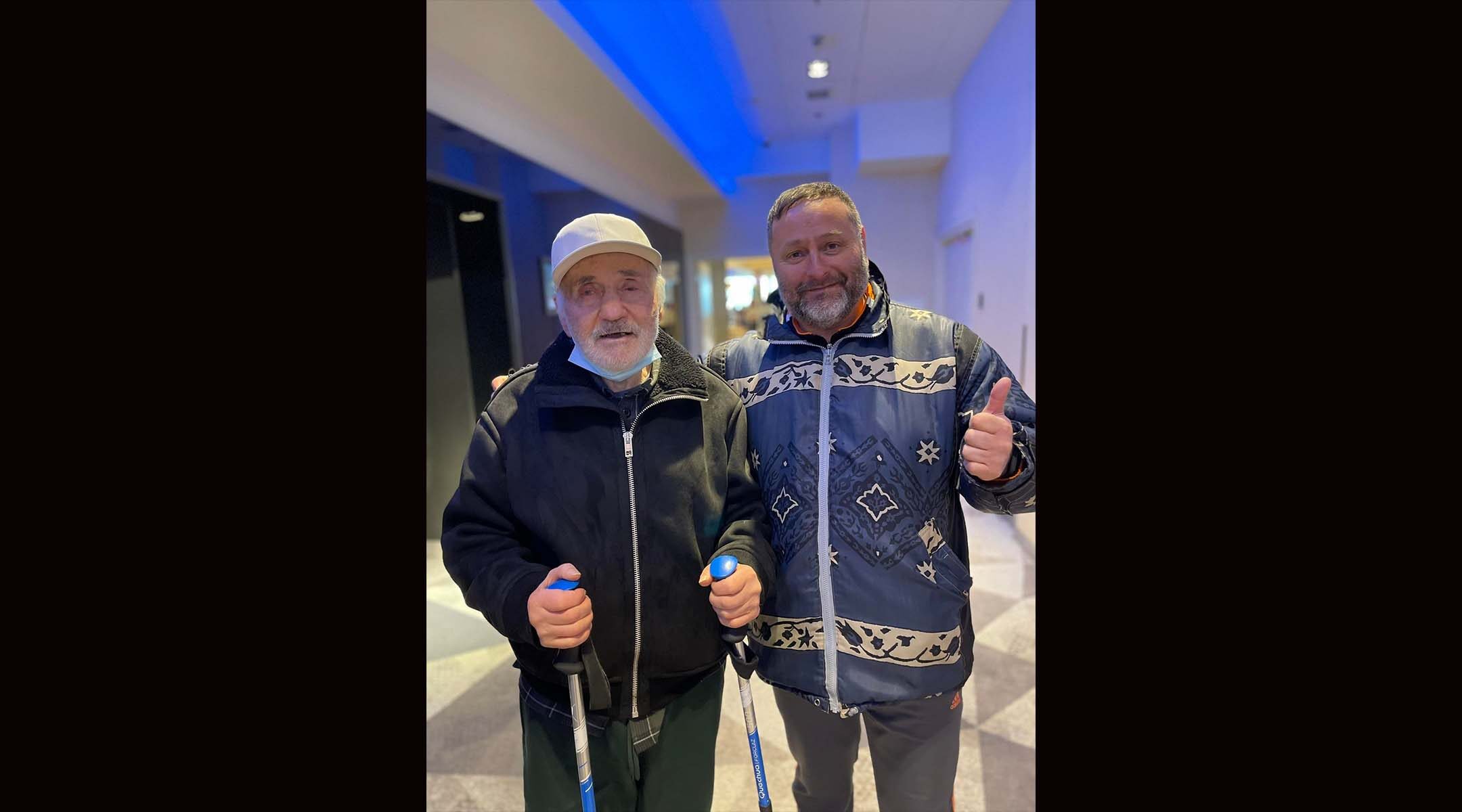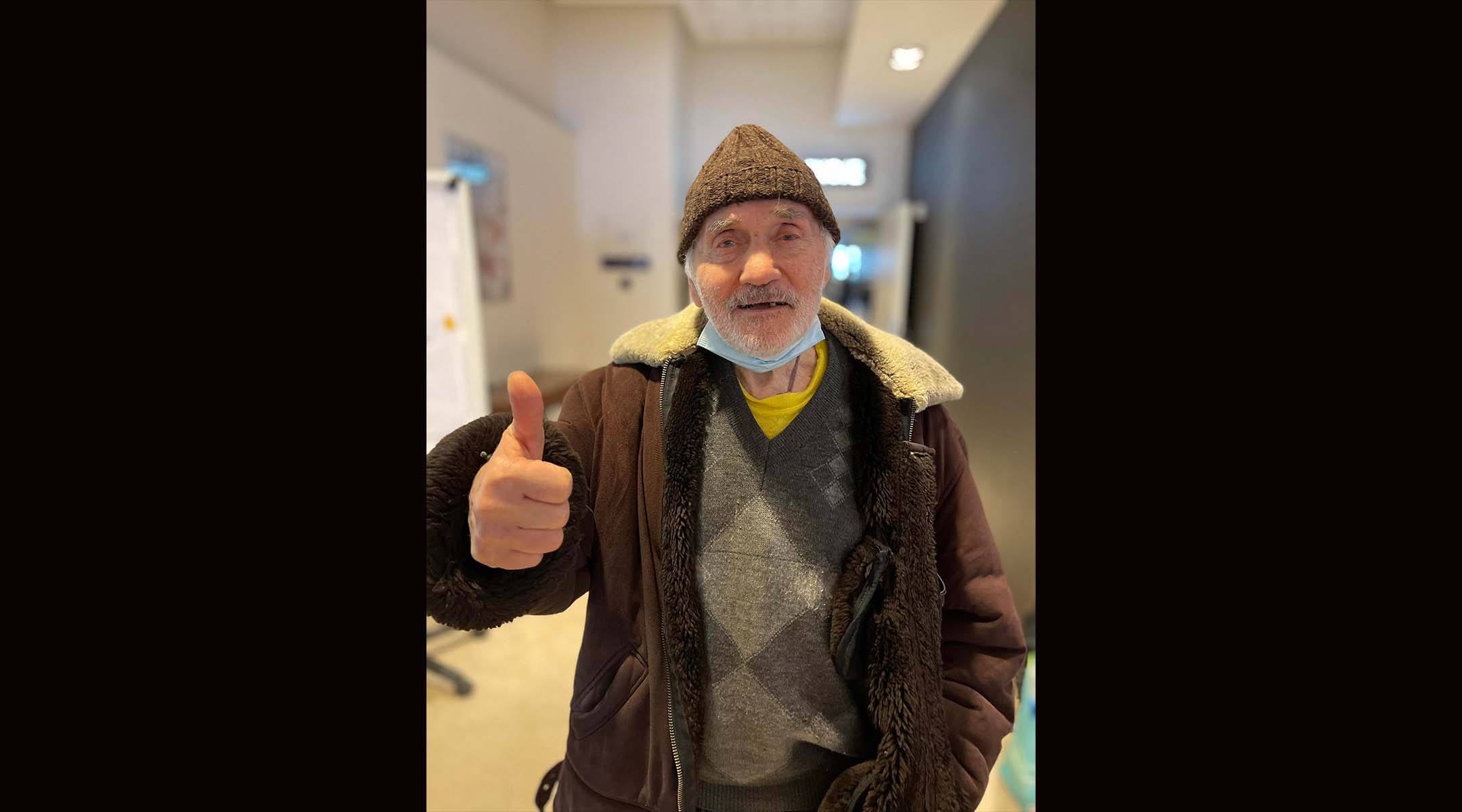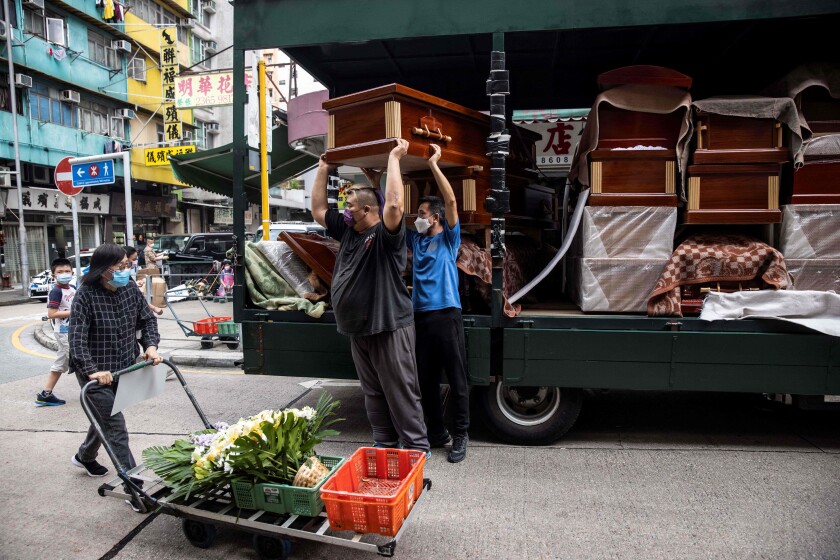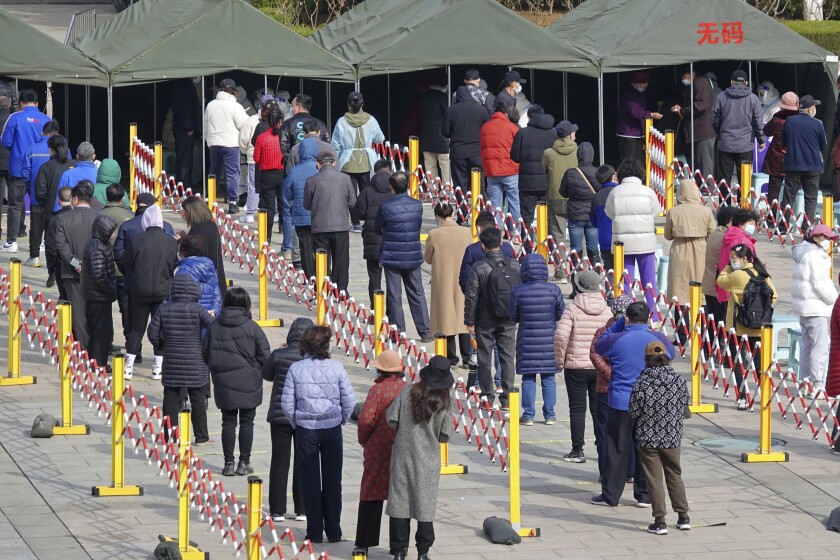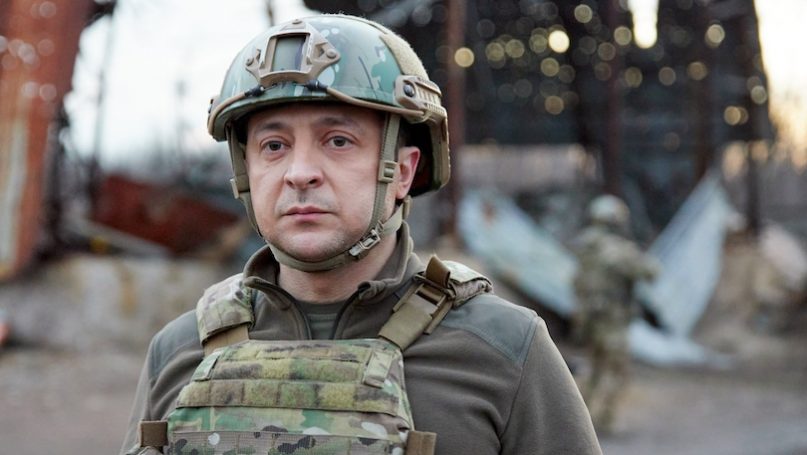Published: March 17, 2022
Talk of a “new cold war” in this century began in the time between the war in Iraq and the global recession of 2008. It roughly coincided with the attention focused on the murder of Alexander Litvinenko by polonium-210 poisoning at the hands of Russians in London.
Such talk was quietly forgotten while the consequences of global recession played out. Europe and the United States were distracted by dealing with their own – self-imposed – problems: Trump, Brexit and a general upturn in support for anti-system political movements. But with the invasion of Ukraine, the topic has returned glaringly.
What language is helpful for shaping the crucial judgements now necessary? Much damage has been done to common political vocabulary in recent years. “Enemies of the people” is a Stalinist phrase, but was used to push through Britain’s extrication from the European Union. The frequently relied-on “populism” is a vague, all-too-muted descriptor. “Imperialism” has been stretched thin by over-censure of humanitarian liberals.
Today we see similar harm being done. A Guardian editorial recently described a “slide into totalitarianism” in Russia. Likewise, The Daily Telegraph published a comment piece: “Russia’s war on journalism is another step towards the totalitarian”. But Vladimir Putin’s Russia is not totalitarian. Neither accurate political understanding, nor suitably directed moral criticism, is best served by this framing.
Ideologically, totalitarianism has three markers: utopia, exaggerated trust in science, and revolutionary violence. What Putin retains from the Soviet era is not its utopianism but its late-period security obsession, via his personal background in the KGB.
He does not carry his belief in science into dogma. He is not – like Marx and Lenin were – interested in science as a grand legitimiser of historical vision: he is only interested in technologies of communication for the purposes of control. And his belief in violence is utilitarian and calculating (even if miscalculated in practice), rather than revolutionary and geared towards social renewal.
Totalitarianism today in Russia would need to be a “post-totalitarian totalitarianism”. The legacy of the original totalitarianism – thanks to inherited trauma of the Soviet era – is a population not enthused into grand, confident collectivism but far more cowed into suspicion, “self-isolation” and “state paternalism”. Repression, which has increased, is not actually a very specific marker of totalitarianism.
Read more: Putin's Russia: how the ex-KGB strongman has gradually turned the clock back to Soviet repression
Using clear terminology to represent the experience of people living under toxic regimes is important for thinking about the possibilities of dissent balanced by the pressures to conformism. But this must be done accurately.
Not fascism
Neither is Putin’s regime “fascist” by ideology. The appearance since the start of the invasion of the swastika-looking “Z” symbol on posters and people’s clothing (but to begin with on Russian tanks) has been widely reported. Historians have noted the revival of previously overlooked Russian-born fascist thinkers, such as Ivan Ilyin, whose remains Putin repatriated and reburied in 2008.
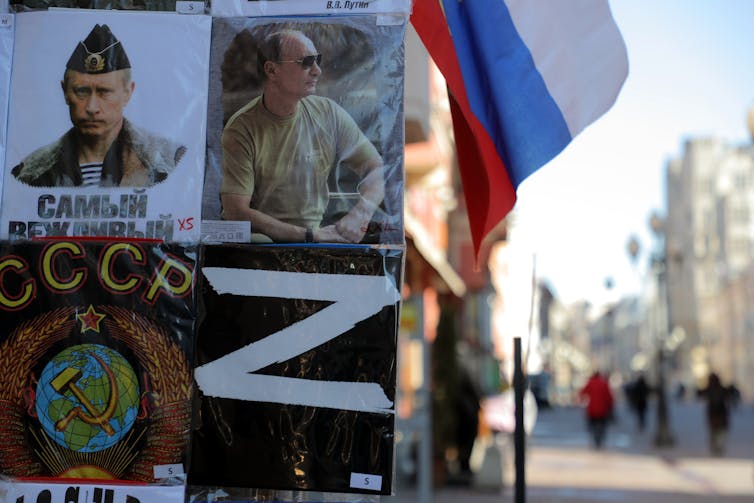
The reason the issue is on the table is Putin’s own claim to freeing Ukraine by “denazification”. This is laughable in itself, but richly relevant to this question of what kind of past political language will prosper in the present. Putin meets only one of the three criteria for ideological fascism: strong, ethnic nationalism, which is the basis for the solidarity of self-styled white nationalists abroad when they promote the “Z”.
Two other criteria for fascism are absent entirely. Putin’s policies do not glorify the state over the individual. And, as opposed to compelling public participation, Putin cautions people to stay out of public life – even, as a rule, the oligarchs his rule has indulged. Neither do his policies express “transcendence” (or going beyond present limits) – whereas recognisably fascist movements aim at creating “new men”. Re-embracing Russian Orthodox Christianity is one ideological sign to the contrary, since it look forwards not back.
Putin’s reactionary regime
Putin is really a “reactionary tyrant”. This reflects the structure of rule he has evolved, and also the main lines of his legitimising discourse. This discourse may not have taken root deeply, but is nonetheless present in the regime’s rhetoric. Like totalitarianism, like fascism, reactionism has three main ideological themes.
The first is decrying decadence – evident in Putin’s explicit anti-westernism. So Ukraine’s west-oriented leadership are portrayed as “drug addicts”, or the west is described as weak because it is effeminate.
The second feature is inventing conspiracy theories. Among others targets, Putin fulminates at a homosexual lobby, which is accused – by conflation with paedophiles – of conspiring to steal children. This has been brilliantly highlighted by the journalist and activist Masha Gessen.
Such stances explain why Putin has been appealing, not just for extreme “manosphere” white supremacists, but also for more “mainstream” western reactionaries attracted by an unapologetic social conservatism. Hence, in France, the praise for Putin from two hard-right presidential contenders, Marine Le Pen and Eric Zemmour, each of whom now has hastily tried to retract previous positions.
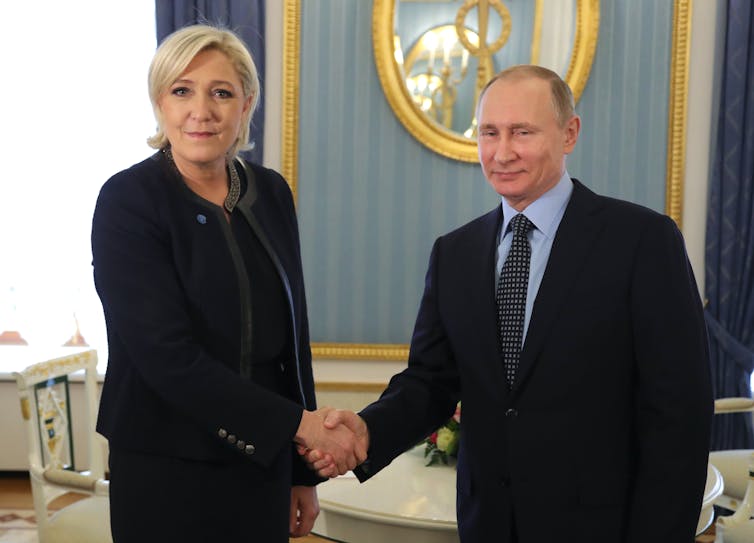
The third feature is the hardest to spot. This feature is the indignation of a population group: its righteous anger, hitherto suppressed, but now liberated – and politically tapped. In western countries, indignation has had a common, anti-immigrant wellspring. And politicians have prospered by alleging the unacceptability of expressing white working-class anger in a “politically correct” time.
Putin also understands that he can win a significant number of people’s loyalty by recognising and stressing shared humiliations. His message is that – unlike citizens of other countries – his fellow Russian nationals have been denied access to an acceptable historical memory. Thanks to Stalinism, cold war defeat and Soviet Russia’s chequered record of anti-fascism (the minimising of Jewish suffering in preference for a broader tale of Soviet sacrifice), many Russians are unable to look back in pride.
Anti-fascism is a record Putin’s leadership continues to blot, even against the background of this complaint about burdensome memories. Witness the destruction of the Holocaust monument at Babyn Yar in Ukraine.
Putin is a reactionary tyrant. The tyranny language is important. Inside Russia, the vocalisation of conscience against him has been brave and points to the noblest traditions of resisting tyrants. Any meaningful ideas lack root. So, like Caesar to the gladiators entering the arena, Putin is what people on both sides of the war are being asked to die for.
Senior Lecturer in Political Theory, University of Birmingham

